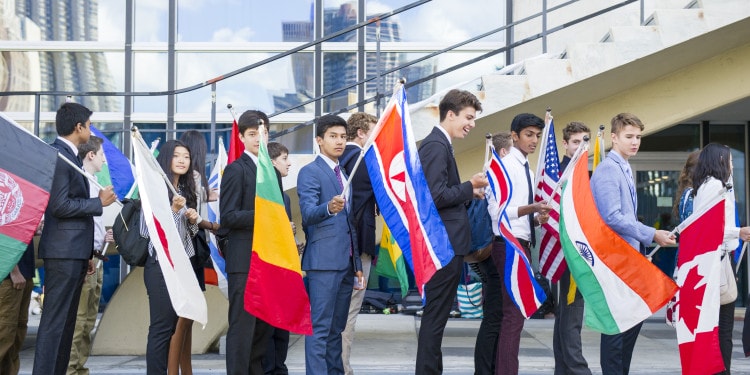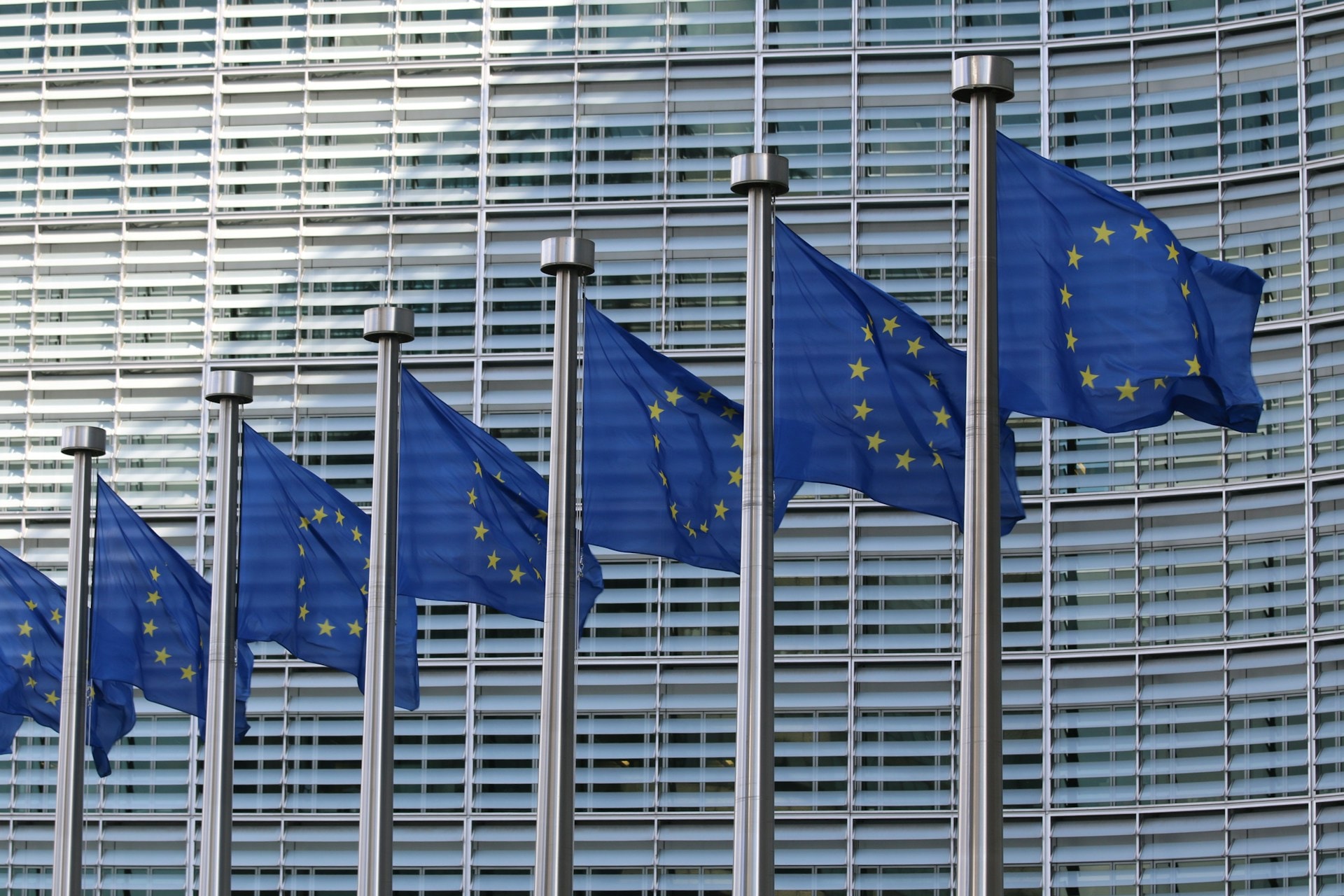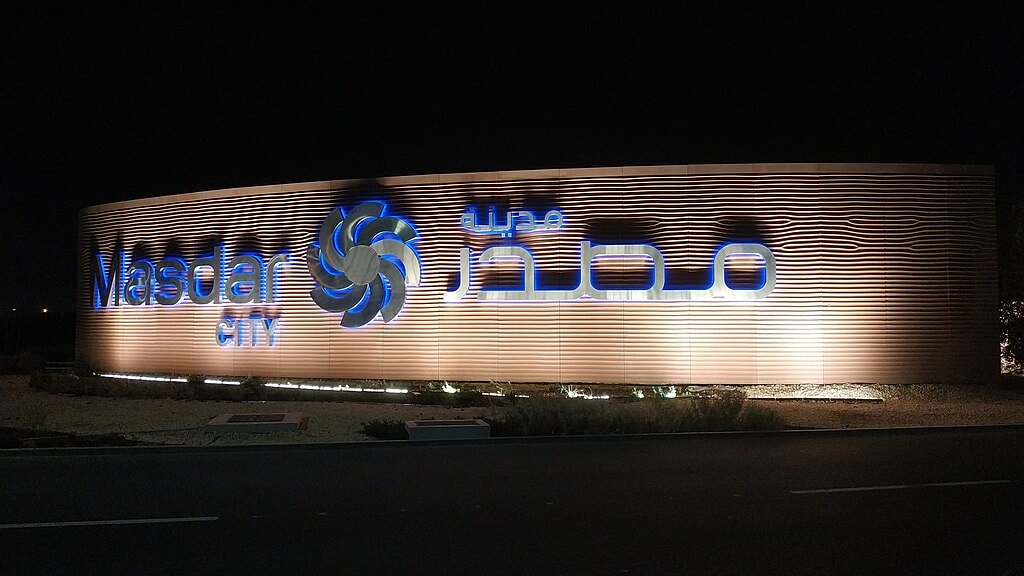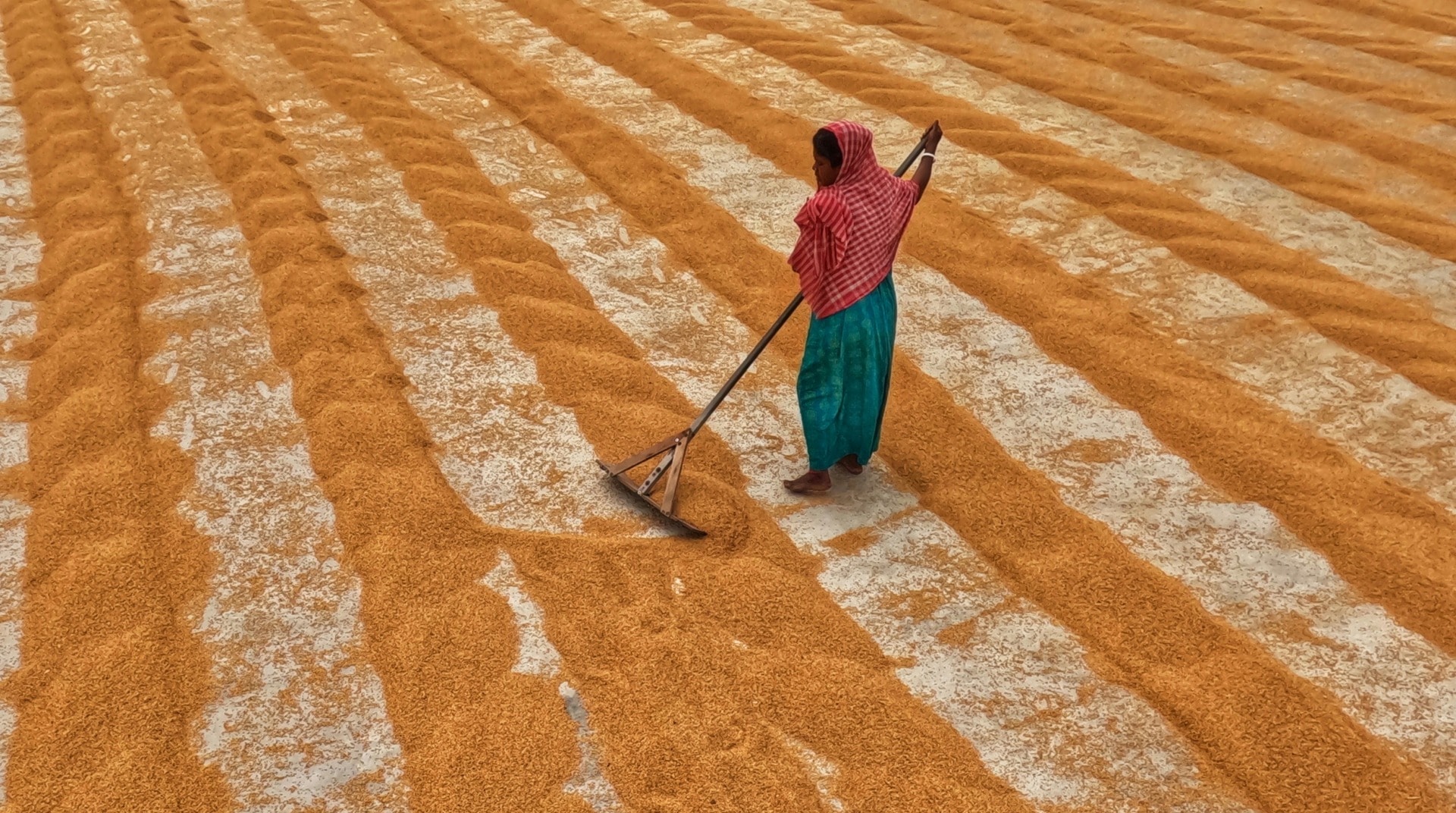Key to achieving the Sustainable Development Goals by 2030 is the promotion of peace and end of violent conflict around the world. Unfortunately, this idea has not been realized, as many regions oscillate between periods of violence and instability as a result of myriad factors. SDG 16, promote peaceful and inclusive societies for  sustainable development, provide access to justice for all and build effective, accountable and inclusive institutions at all levels, aims to build the necessary peace building infrastructure at multiple scales, cultivating peace and making communities more resilient to instability. In order to realize SDG 16 and its targets, informed research and data collection are essential. The Stockholm International Peace Research Institute (SIPRI) does exactly that, with its long record of conducting vital research on conflict and peace, armament and disarmement, and development. I had the opportunity to speak with their director, Dan Smith, about SDG 16 and how SIPRI is helping to develop policy solutions that improve global security and foster peace.
sustainable development, provide access to justice for all and build effective, accountable and inclusive institutions at all levels, aims to build the necessary peace building infrastructure at multiple scales, cultivating peace and making communities more resilient to instability. In order to realize SDG 16 and its targets, informed research and data collection are essential. The Stockholm International Peace Research Institute (SIPRI) does exactly that, with its long record of conducting vital research on conflict and peace, armament and disarmement, and development. I had the opportunity to speak with their director, Dan Smith, about SDG 16 and how SIPRI is helping to develop policy solutions that improve global security and foster peace.
EDITOR’S NOTE: THIS PIECE IS AUTHORED BY, DAN SMITH, DIRECTOR OF SIPRI. THIS PIECE IS PART OF A SERIES EXPLORING THE SUSTAINABLE DEVELOPMENT GOALS (SDG’S) SEE THE INTRODUCTION TO THE SERIES HERE. THIS INTERVIEW HAS BEEN EDITED AND SHORTENED FOR PUBLICATION.
Can you start by briefly describing the work being done by SIPRI (Stockholm International Peace Research Institute)?
Dan Smith: I am the director of SIPRI, so I am responsible for the overall strategy, the funding, the direction, and the public face of SIPRI on broad issues, while the individual experts are the public faces on their areas of expertise. SIPRI is a peace research institute, and this is our 50th anniversary year.
We are primarily funded by the Swedish government. A vote in parliament set SIPRI up in 1966 to mark that 150 years had passed without Sweden being engaged in a war. The idea was that we would engage intellectually with the key issues of the time in terms of peace and security as a policy oriented research center, not an academic one – able to be in dialogue with academic research, but primarily trying to find out how to contribute to making a world a more peaceful place. We think much more now than we did 50 years ago about the relationship between, for example, poverty and inequality, bad governance and armed conflicts. We think much more about what the solutions are to armed conflicts and insecurity in terms of the developmental agenda, which fits in with the sustainable development goals.
SIPRI is a center for producing knowledge, first of all, identifying the facts about military spending, nuclear weapons, armed conflicts, peace support operations, emerging military technologies like robotic weapons, and so on. Secondly, on the basis of that evidence, understanding and analyzing what the trends are, and being part of the discussion about solutions.
SDG 16 is so much related to what SIPRI does: promoting peaceful, inclusive societies for sustainable development, providing access to justice for all, build effective, accountable, inclusive institutions at all levels. Are we on track to achieving SDG 16 in the next 15 years, by 2030? What are some of the biggest challenges?
D.S: First of all, taking a broad, more theoretical approach, you can’t have development without having conflicts. Development is inherently conflictual. There will be change. When there’s change, some people will resist it, some people will like it. There will be political arguments and economic competition. Some people will win, and others lose. Broadly speaking, we believe on the basis of our history, that development nonetheless results in an overall improvement of the human condition. We would rather be living in Sweden today than Sweden 400 years ago. Or the UK today, rather than the UK 400 years ago, or America today, rather than the America of the 1880s. The question then is, if development is conflictual, how do you handle those conflicts?
PHOTO CREDIT: SIPRI
My perspective is that the problem is not so much conflict as such. A lot of social science theory would tell you that conflicts are a good thing. What is bad about conflict is when they get out of control, when we get violent, when people get hurt and killed. What stops the violence from starting is partly to do with culture, partly due to respect for law (so there needs to be law for you to respect), and partly your sense that there is a governing structure including courts and parliament and so on protects your rights –so that you don’t need to protect your rights with your fists and your guns. That’s where inclusive societies, and the institutions to protect them, have an important part in building a peaceful development process.
There were 50 armed conflicts in 1990. There were 30 in 2010. And today, the number is back up to 50. It depends a little bit on your historical perspective, but for the moment, the last half decade has been a bad one. We are beginning to show signs of getting it wrong. We’ve got some specific cases: Burundi, which 10 years ago, international development agencies were saying was a case of job done after years of conflict, is now back on the brink of the worst disaster it’s ever experienced. Nigeria is in just as perilous a condition. Nigeria should be a motor of West African development, but if it really descends into chaos with Boko Haram or other groups getting to be even more powerful and strong, that will have awful consequences for the rest of the region, there are signs that things are moving in the wrong direction.
Related Article: “ENACTUS: A FORCE FOR DECENT WORK AND ECONOMIC GROWTH“
Then on the other hand, you can take the very fact that the SDGs could be agreed upon and that SDG 16 emphasizes the importance of inclusive societies and responsive institutions and responsive governments are part of the picture—that’s a sign of progress, and that’s grounds for optimism.
I see some big risks ahead. One of them is the impact of climate change. Climate change can have an impact by destabilizing societies because of increasing food insecurity due to worsening water insecurity. But again, in December last year, we had the Paris Climate Change agreement, and if that gets well implemented, then although we have really serious problems to face in the next 25 to 30 years, because climate change will continue to play out over that time, actually that would be a sign that the world is focusing on coming together and solving a key problem.
What do you think changed then, in the past 10 to 20 years?
D.S: First of all, I think in terms of explaining the data where the new conflicts are, you’ve got to take the Middle East into account. What we referred to at the time as the Arab Spring in 2011, turned out not to be a spring as far as most of the countries were concerned; rather it turned out to be the beginning of a period of violent conflict and instability. That has to be explained through understanding of the Middle East itself, both through the condition of individual countries and also through regional issues such as the impact from Iraq.
A more general factor has to do with the financial and economic crash of 2008-10. The crisis had a serious impact on many of the governments that led the way in terms of supporting peacebuilding and peacemaking. There has been some sort of decline in confidence. It’s not so much a question of lack of resources and cutting public spending. It’s rather a kind of uncertainty about what to do. I think that’s also been compounded by the way in which the attacks in Europe that are related to conflicts in the Middle East have focused government’s’ attention and efforts on the anti-terrorism agenda and anti-radicalization.
Inthe Photo: Siemon Wezeman (right), Stockholm International Peace Research Institute (SIPRI), joined by (left to right): Anders Wallberg of the Swedish Ministry of Foreign Affairs; Peter Wallensteen, Special Programme on the Implementation of Targeted Sanctions (SPITS) of the Department of Peace Conflict Research, Uppsala University; and Carl Mangus Nesser, Permanent Mission of Sweden, briefs correspondents on the joint SIPRI-SPITS report, “United nations Arms Embargoes: Their Impact on Arms Flows and Target Behaviour. Photo Credit: SIPRI
Moving on to spending, what trends are you observing in military spending, and what is the opportunity cost associated with those potential increases?
D.S: Military spending worldwide is up. It’s not up by a huge amount, but it’s increased. In some areas, it’s increased particularly quickly, for example, East Asia and the Middle East, not surprisingly. The US remains the world’s biggest spender on the military by an enormous amount. There have also been long term increases by Russia. Some of those increases, which were originally due to oil wealth, slowed down because oil prices have fallen in the last few years.
The opportunity costs: one way to put it is, total world overseas development assistance is in the region of $138 billion a year. That is less than 10 percent of world military spending. World military spending is about $1.68 trillion a year. It’s worth saying that if you spend more money on a problem, like assisting development, that you inevitably do better. But there are clear cases where you can see that more resources are part of what’s needed long-term to motor development. You could also think about the battle with cancer or building critical infrastructure, including in rich countries where infrastructure is crumbling.
For a full mindmap containing additional related articles and photos, visit #SDGStories
Are there any regions or areas where it’s the opposite, where you have a decrease in military spending? If so, are there reasons why that might be going on?
D.S: Latin America.
Because their relationships are getting better and better. And because they’ve learned the importance of not having too powerful a military domestically, to keep the military out of policing functions in some countries, which the military at one time used to do. They have now given those functions over to the police force for domestic security or urban security. If you look at Latin America 25-30 years ago, it was pockmarked with wars and military dictatorships. And now, that is so much less the case. Latin America has been a case sort of both democratic and peaceful development over the past 2.5 decades.
I want to talk about technology and social media: How do you think mobile technology and social media have influenced the way we’ve experienced conflict and how do you think this has changed over the past decade and how is it progressing?
D.S: I think that since about the period of the first Iraq War, 1991, there’s been increasing visibility of these armed conflicts in parts of the world that are remote to North America. That trend of the world getting smaller and getting brought together by technology has accelerated at a speed that is almost unthinkable. Over the past decade, we’ve gotten closer and closer. You can have Twitter followers just all around the world. You can put up a blog post now at midnight and it’s being read within moments over breakfast somewhere, over dinner somewhere else, and when people wake up the next morning in Sweden. These things which have brought us so much closer have made for greater transparency, greater visibility, and we are living in an age of much greater information. we have far more opportunities to know and understand than we did 35-40 years ago. The downside is that we are in a culture where we increasingly expect knowledge and understanding to come like that (snaps), as quick as a Tweet.
The second thing is, as well as there being more information, that gives us more opportunity for knowledge and understanding, that also means that there’s more misinformation. More exploitation of information. That’s where you can get to, as you move to social media meaning much more the Twittersphere than the blogosphere, that’s where you get this two-sided effect. On the one hand, social media becomes a mobilizing instrument. They don’t explain why people gather in the main square, but they have the explanation that if people want to go if they want to, then this is the time to do it. On the other hand, the Twittersphere itself becomes a part of the battleground. Notoriously, with the group, Islamic State, with many thousands of people using Twitter accounts on its behalf. It’s a pretty formidable operation and they’ve been quite sophisticated about it.
I think there are things, possibilities in here which are sometimes not seen so clearly. I was really struck during the Ebola crisis in West Africa that Nigeria had a few cases, but it didn’t have an epidemic. The reason that I’ve seen in various things I’ve read that seems the most credible to me is that there was a campaign on social media from a source that people trusted, explaining “Ebola rules.” Here is how, if we are relating to each other, how we can avoid the risk of infection.
I don’t think people really trusted social media there as such. Social media were really just the media, not the message. They trusted the source, and the media were a very efficient form of communication that really reached a lot of people. Overall, as with any technology, social media technologies are going to be as good or as bad as they’re used for.
Maybe we’re transitioning how we’re using social media. We’re using technology more as a tool in disaster or crisis situations to plot points where there’s flooding with remote sensing technology and exchange news via Twitter….
D.S: You can see with something like Twitter and have been able to see for at least 3 or 4 years now, completely parallel ways of using it. Some use it as a personal thing to keep in touch with people. I use it professionally to keep in touch with sources of information. I’ve been keeping in touch with people who I might want to reach professionally one way or another. That is a far more efficient communication of a quick point of view, alerting people in my broad network, with many others, and they’re doing the same thing. This is fantastically efficient professional communication.
Photo Credit: SIPRI
And then as you said, you can take that to things like disaster reporting, but also to plotting the rising risk of violent conflict in specific localities. There are software programs which allow people to track or follow the trend in this social media communication, which mean then, if you’re in some place and you say, I see this thing and it worries me, you are taking part in a larger conversation. “It worries me” may be a very useful thing to say at that point because it’s feeding into lots of other stuff, and there’s other people in that network who can be absorbing and analyzing the information. We’ve only begun to explore those possibilities, maybe because we refer to it as social media, so we thought it was just for socializing. But if you actually look at what’s in that world of social media in terms of blogs, Twitter and Instagram, and Facebook, there’s a huge amount of professional, political communication.
How do you think women and minorities are disproportionately affected in these conflict regions? What’s the importance of inclusion and other topics that we’ve touched on?
D.S: If you have a form of governance which is excluding a certain category of people simply because they are that category, whether on an ethnic basis, or regional, or religious, or anything, that is always a potential problem as far as conflict. The second thing is, when an armed conflict is going on, refugee populations disproportionately consist of women and children. That is not necessarily because the women are suffering worse than the men; these gender differences are often misread. It’s very often because the woman is given the job of in a crisis of getting to safety. Then you have the women and children living in refugee camps living in really difficult and unhealthy conditions.
We talk at the moment about the refugee crisis in Europe. It’s not really a refugee crisis in Europe, it’s a refugee crisis in Syria, Jordan, and Lebanon. It’s a problem in Europe, because we can’t find the best way to deal with it, but it’s not a crisis. It’s really an indictment of the difficulty that we and the richer countries seem to find in caring for those who are less well-off, less fortunate. Those people don’t want to be refugees, they don’t want to be on the road.
I think very often that the minority is targeted because it’s the minority. And it’s worse, like in the Rwandan genocide. Minorities themselves can be a target. Minorities may also live in a region that crosses a state border. That also becomes a point from which conflicts overflow because of insurgents crossing the borders, and the state forces do as well, and refugees from the fighting.
It is very rare when you have conflict to have it contained within one country. There is always some sort of external impact and then almost always some external intervention.
Recommended Reading: “MILLENIALS AND THE SDGS“
_ _


















